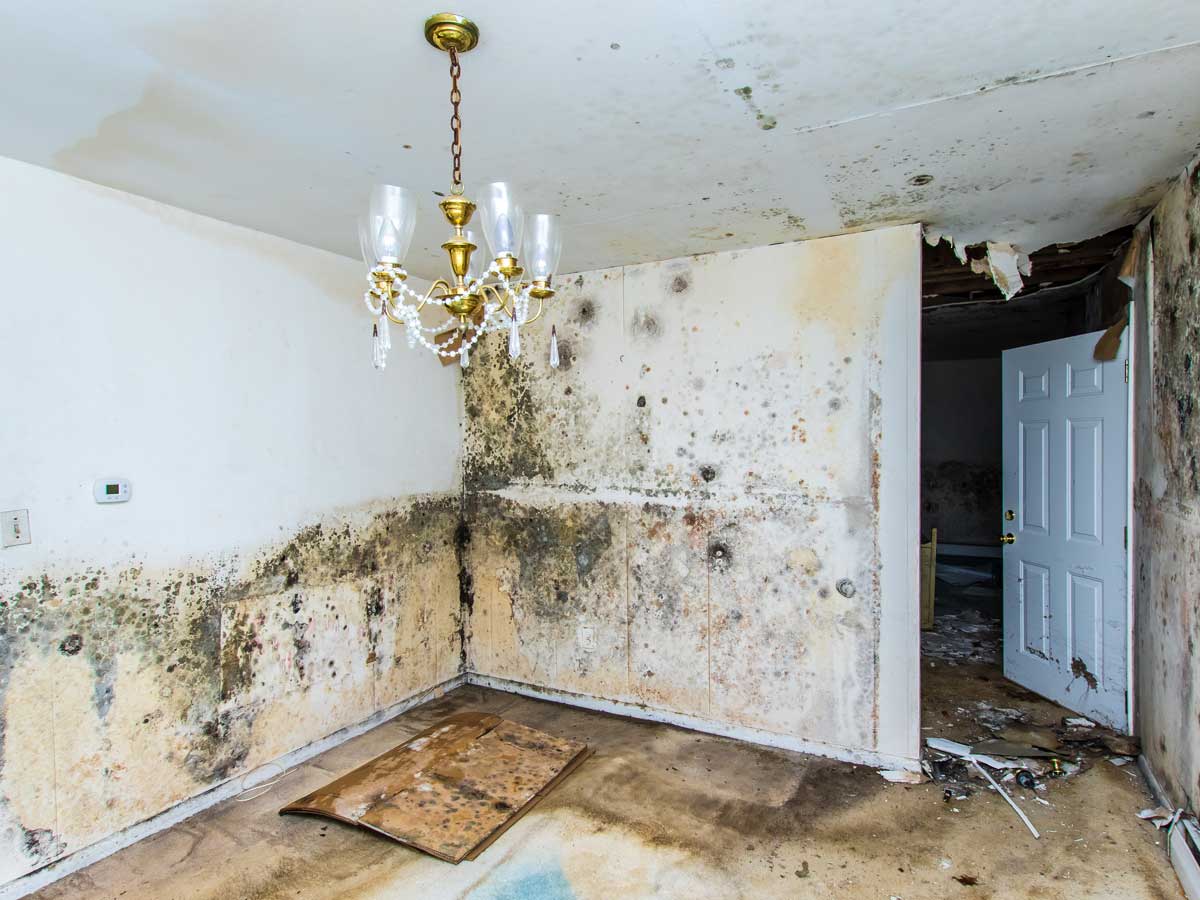Are you looking for tips around Reducing Your Risk Of Water And Fire Damage At Home?

Water gives life, water breach on parts where it's not supposed to be can result in damages. It can peel off away surfaces as well as wear down the structure if the water soaks into your structure. Mold and mold also prosper in a wet atmosphere, which can be unsafe for your health and wellness. Homes with water damages scent moldy and old.
Water can come from many sources such as tropical storms, floodings, burst pipes, leakages, and also drain issues. In case you experience water damages, it would certainly be excellent to understand some security preventative measures. Here are a few guidelines on exactly how to manage water damage.
Do Prioritize Home Insurance Coverage Protection
Water damage from flooding as a result of heavy winds is seasonal. However, you can additionally experience a sudden flood when a malfunctioning pipeline unexpectedly ruptures into your house. It would be best to have home insurance that covers both acts of God such as natural calamities, and also emergencies like damaged plumbing.
Do Not Fail To Remember to Turn Off Utilities
This cuts off power to your entire home, preventing electrical shocks when water comes in as it is a conductor. Don't fail to remember to transform off the primary water line shutoff.
Do Remain Proactive as well as Heed Climate Signals
Tornado floods can be extremely unpredictable. Stay ready and also proactive if there is a history of flooding in your community. Listen to emptying warnings if you live near a river, lake, or creek . Secure belongings from the very beginning and cellar, after that placed them on the highest feasible level. Doing so reduces possible building damage.
Do Not Neglect the Roofing System
You can avoid rainfall damage if there are no holes and also leaks in your roofing system. This will certainly prevent water from flowing down your wall surfaces and soaking your ceiling.
Do Pay Attention to Little Leaks
A burst pipeline doesn't take place overnight. Normally, there are warnings that indicate you have actually compromised pipes in your house. For example, you might discover bubbling paint, peeling wallpaper, water touches, water stains, or leaking sounds behind the walls. At some point, this pipe will burst. Ideally, you should not await things to escalate. Have your plumbing repaired before it leads to massive damages.
Don't Panic in Case of a Ruptured Pipe
Maintaining your clearheadedness is essential in a time of crisis. Panicking will only compound the trouble since it will suppress you from acting quick. Timing is vital when it comes to water damages. The longer you wait, the even more damage you can expect. Thus, if a pipeline bursts in your residence, promptly shut down your main water shutoff to remove the source. After that unplug all electric outlets in the area or turn off the breaker for that part of your home. Call a reputable water damages repair specialist for help.
Water gives life, water breach on components where it's not intended to be can result in damages. Residences with water damages odor moldy and also old.
Water damages from flooding fees to hefty winds is seasonal. You might notice gurgling paint, peeling wallpaper, water streaks, water spots, or trickling audios behind the wall surfaces. When it comes to water damage, timing is key.
Water Damage Do's and Don'ts
Do's
- Always use rubber gloves to protect your hands & rubber boots to protect your feet and legs.
- Damage from water and bacteria growth can begin within hours. Call for professional help. Remove as much water as possible by mopping and blotting with sponges.
- Pull up wet rugs and carpets if hardwood floors are below.
- Lift draperies off the floor, loop through a coat hanger and place the hanger on the drapery rod.
- Wipe furniture, prop up wet furniture cushions for even drying and place aluminum foil under furniture legs.
- Move photos, paintings, art objects, computers, other electronics and valuables to a safe, dry location.
- Do not remove books from shelves. Pack them tightly to prevent page warping until a restoration professional can begin this specialized drying.
- Ventilate wet areas. Turn on air conditioning for faster drying in summer (only if there is no visible mold) and winter, alternate cycles of opened windows and heating. Also, open drawers, closets and cabinet doors to enhance drying.
Don'ts
- Do not enter rooms where there is wet and sagging ceiling!
- Do not enter a room with standing water until electricity has been turned off.
- Do not use a regular household vacuum to remove water.
- Use heat to dry closed building interiors. Mildew and more moisture damage can occur.
- Do not use electrical appliances while on wet carpet or flooring.
- Do not disturb visible mold.
https://www.myknowledgebroker.com/blog/personal-insurance/water-damage-dos-and-donts/

As an avid person who reads on Ways to Reduce The Risk Of Fire And Water Damage, I imagined sharing that excerpt was important. Liked our content? Please share it. Let somebody else find it. We enjoy reading our article about Reducing Your Risk Of Water And Fire Damage At Home.
Comments on “Do's and Don'ts Throughout Water Damages Emergency Situations.”